COOPERATION
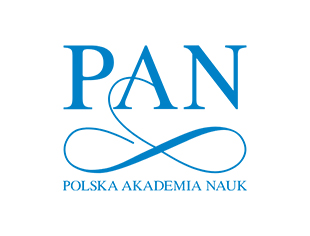
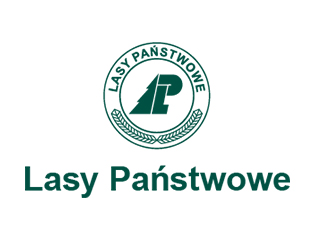
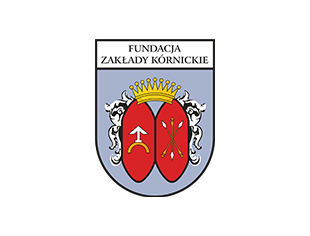
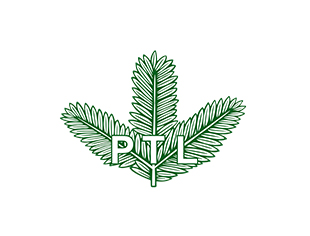
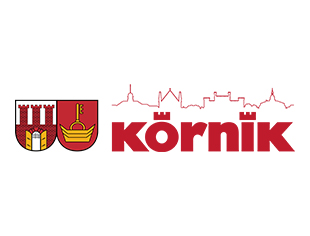
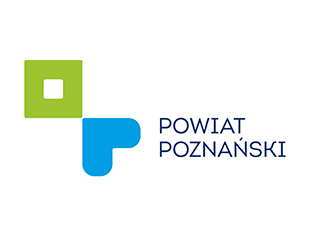

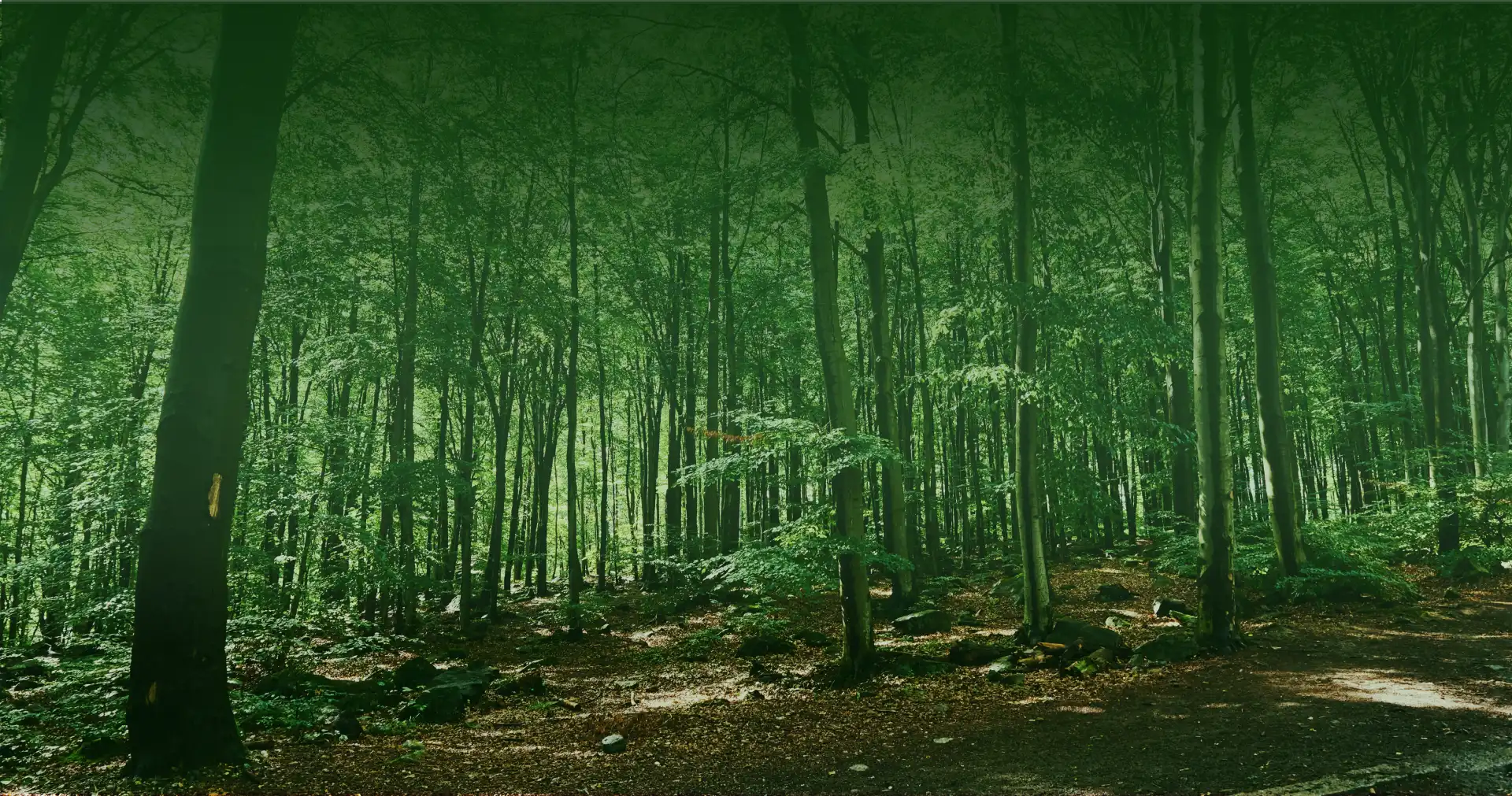


Institute of Dendrology
Polish Academy of Sciences
SCIENTIFIC CATEGORY A+ IN THE DISCIPLINE OF BIOLOGICAL SCIENCES
SCIENTIFIC CATEGORY A+ IN THE DISCIPLINE OF FOREST SCIENCES
COOPERATION







The Herbarium of the Institute of Dendrology PAS (KOR) is a scientific collection of woody plant specimens which currently includes over 55 thousand sheets. The collection dates back to 1952 and since that time, it has been extended by trees and shrubs collected by the Institute's employees or specimens received from other scientific centres as part of exchange. The KOR collection mostly includes woody plants from Central and Eastern Europe, the Mediterranean Sea basin, in particular its eastern and western parts (Greece, Turkey, Spain, and North Africa), and South West Asia. The Herbarium has thousands of specimens representing trees and shrubs cultivated in Polish dendrological collections and botanical gardens. 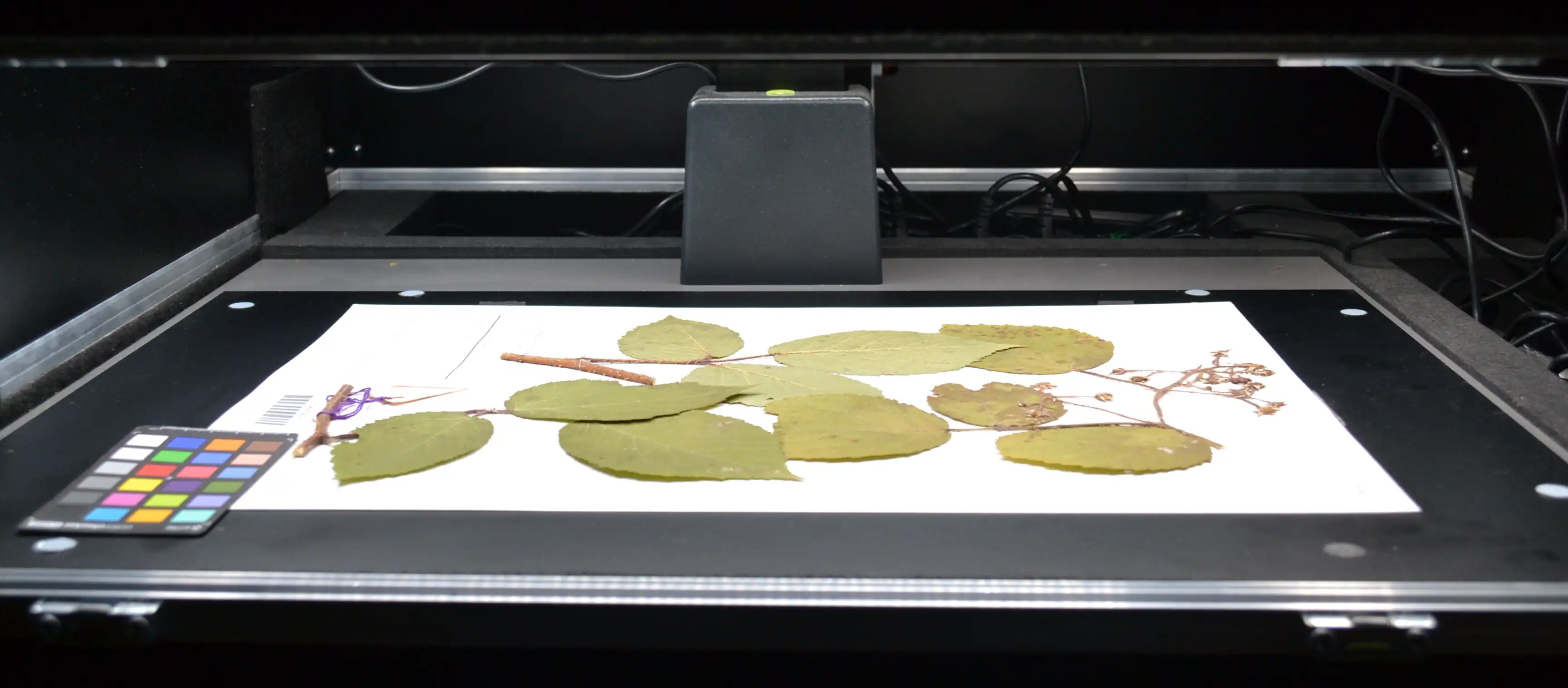
A special place in the colllection is occupeid by plant species belonging to the Rubus genus (brambles), for which the Institute of Dendrology PAS is a research centre of particular significance at European scale owing to the activities pursued by a batologists’ team established and managed by Prof. Jerzy Zieliński for long years. The Herbarium collected around 10,000 herbarium sheets representing approximately 260 species of brambles, including all taxonomic items that can be found in Poland (approx. 100 species). In addition to the Rubus genus, the most numerous ones are Rosa (rose), Acer (maple) or Salix (willow).
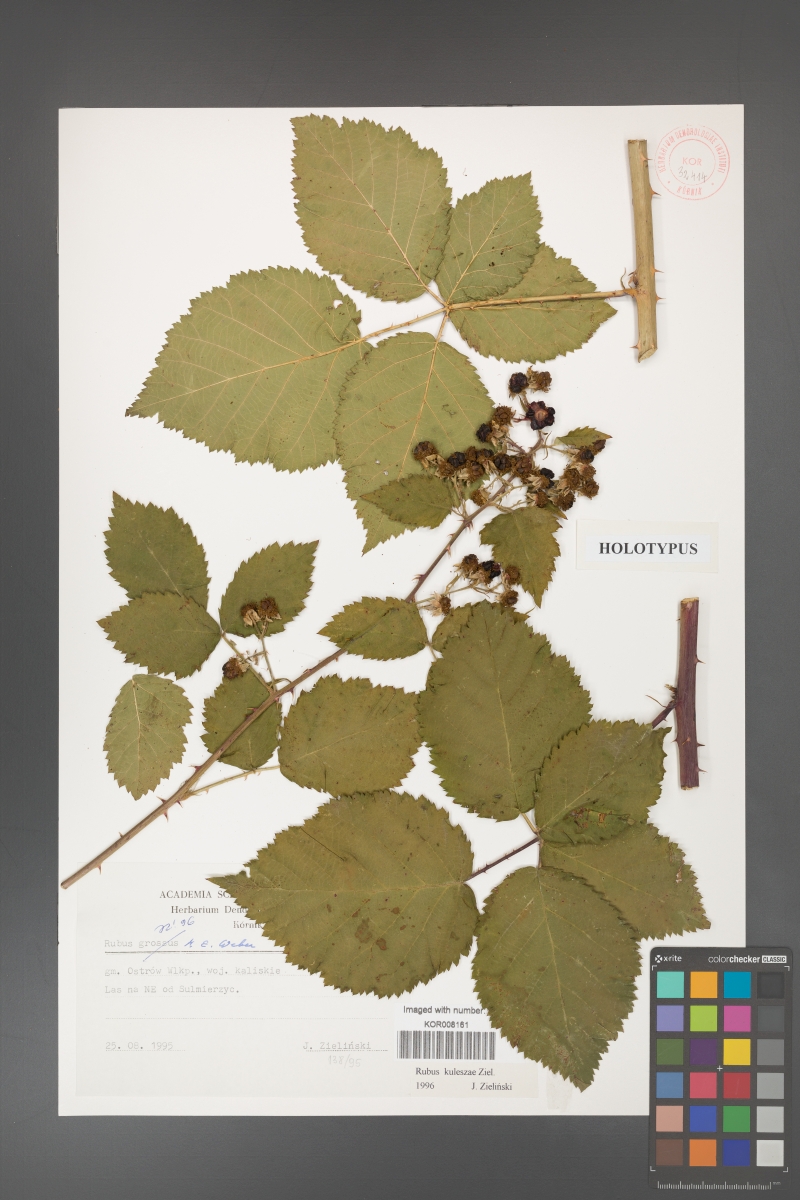
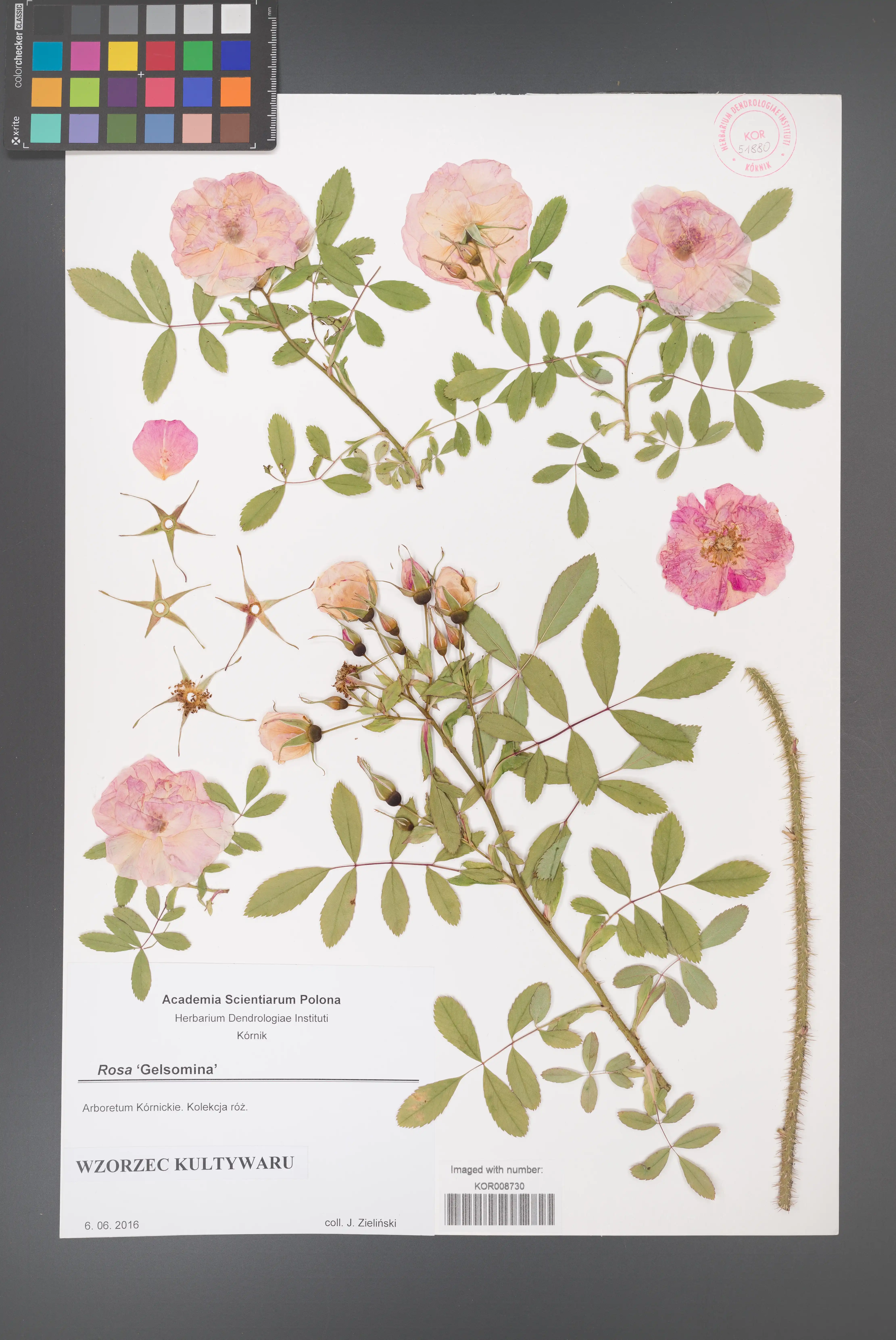
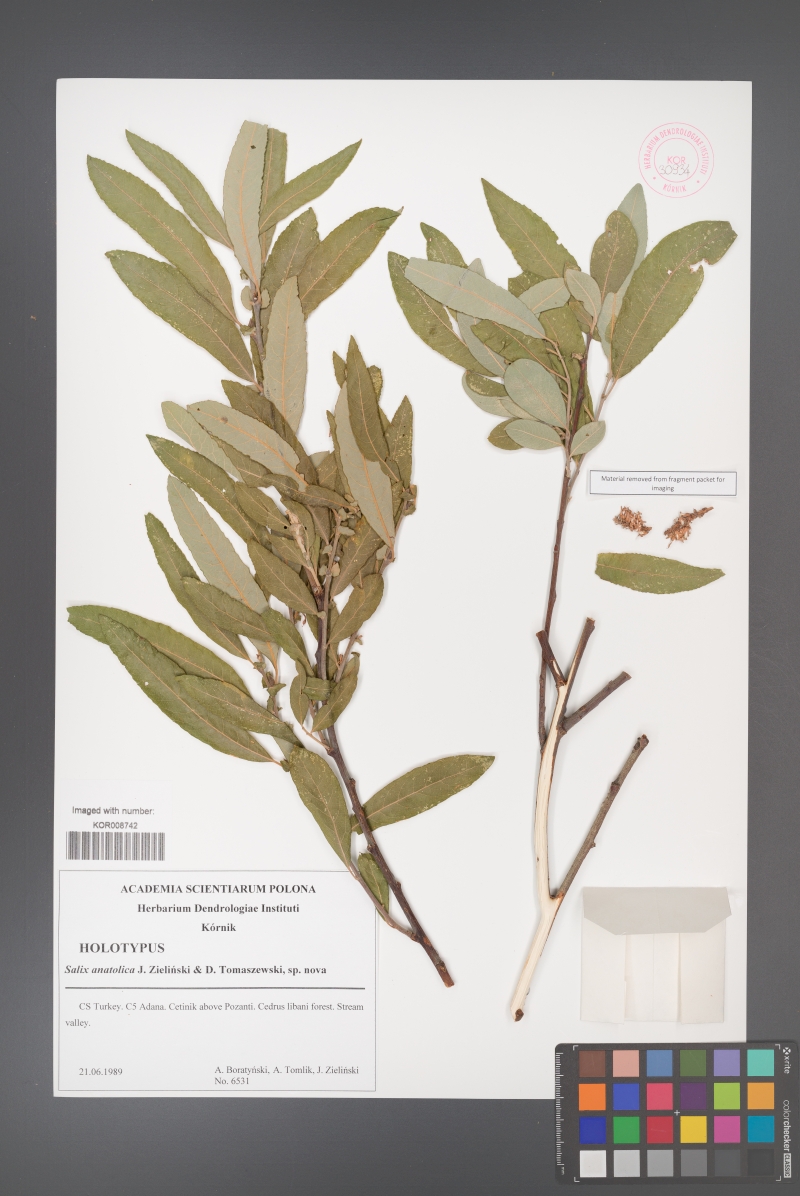
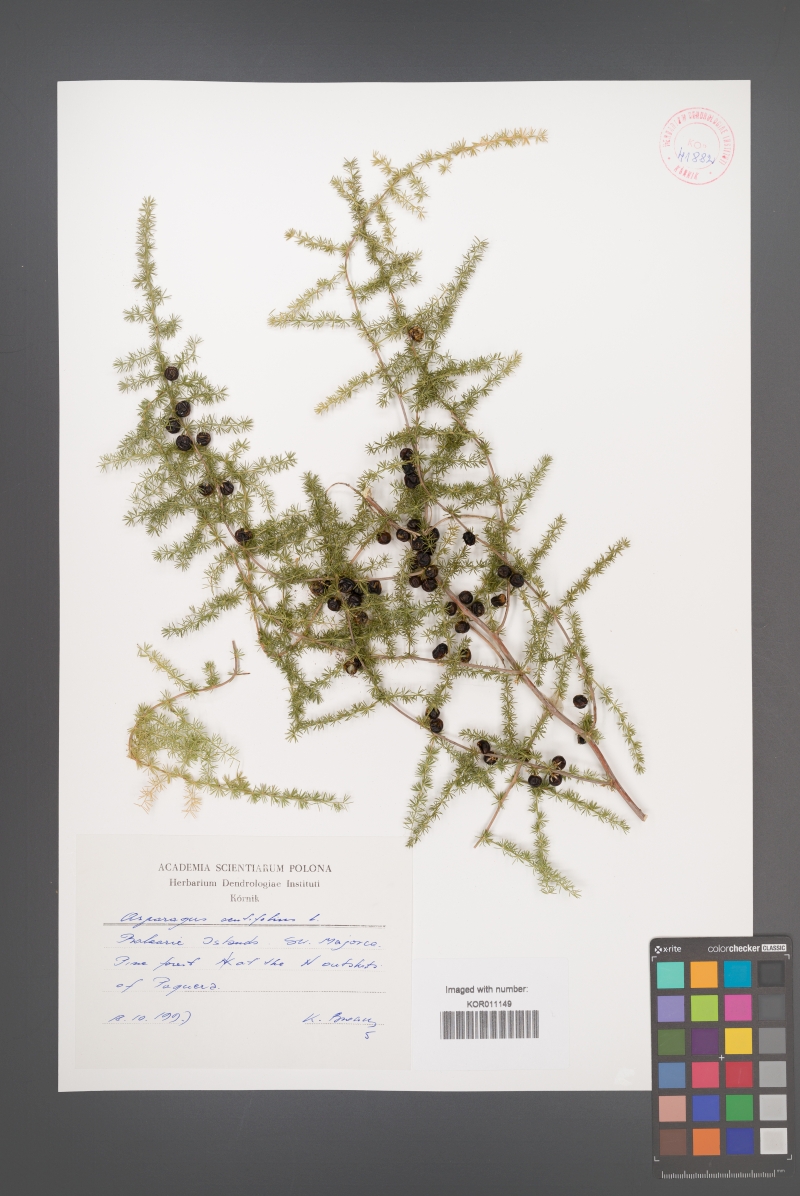
Since 2018, the Institute of Dendrology, Polish Academy of Sciences, has been digitalising its collections as part of a project entitled “Open Resources in the Digital Repository of Scientific Institutes - OZwRCIN” Digital resources (photographs and data) are available on https://rcin.org.pl/dlibra/collectiondescription/478
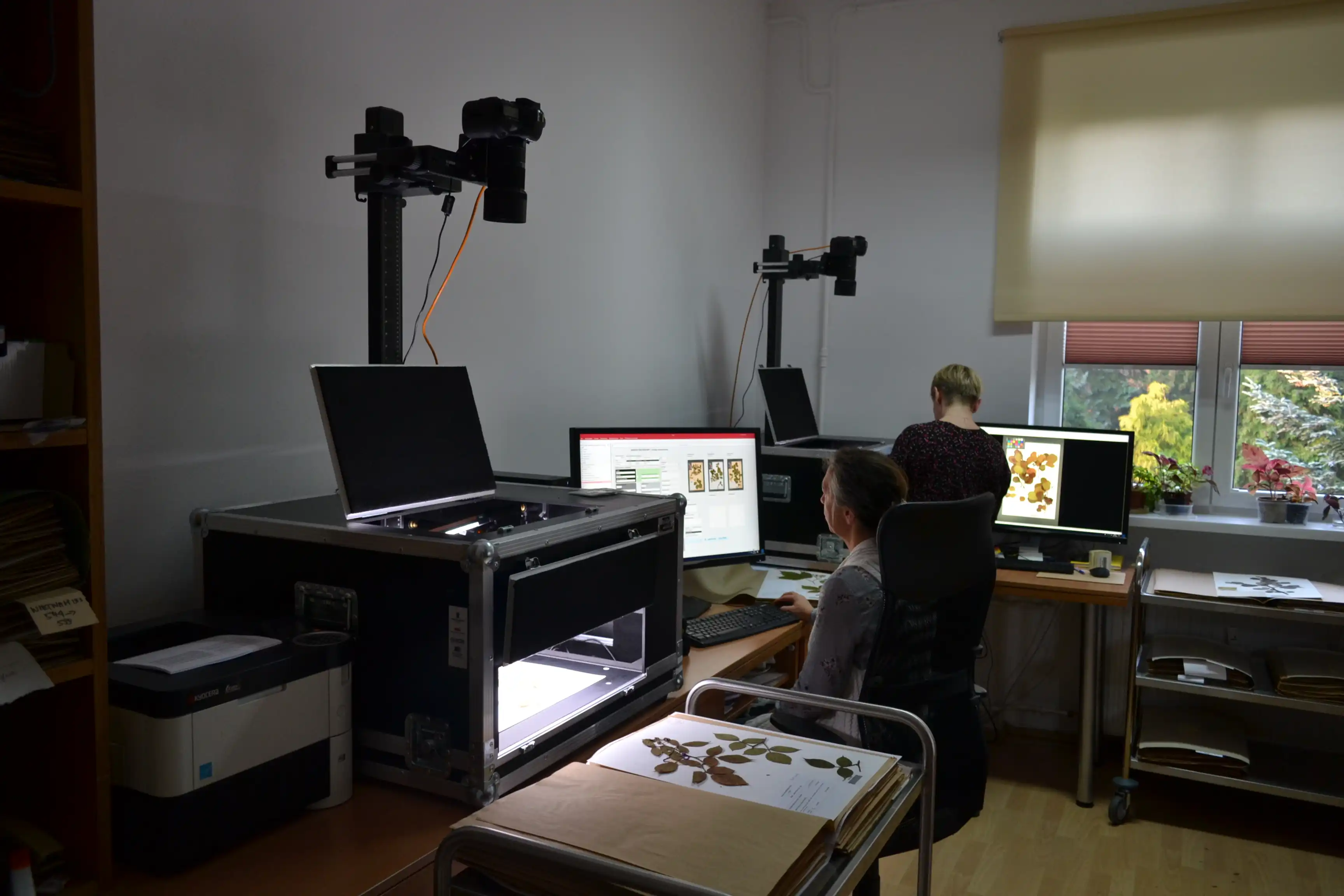
Following a previous appointment, you may view our herbarium collection on site.
Curator: dr hab. Dominik Tomaszewski, prof. ID PAN [PhD Habil., Associate Professor at ID PAS]
Research Team
The Laboratory of Mineral Analysis is a modern laboratory, established at the Institute of Dendrology of the Polish Academy of Sciences, equipped with the latest generation of equipment for elemental analysis.
Our priority is to ensure high quality and accuracy of the results and to perform the tests professionally, in accordance with the client's requirements and applicable regulations. To this end, LMA employs test control including analysis of certified reference materials, analysis of laboratory control samples, analysis of blank samples, and others.
Anton Paar's Multiwave 3000 microwave mineralizer
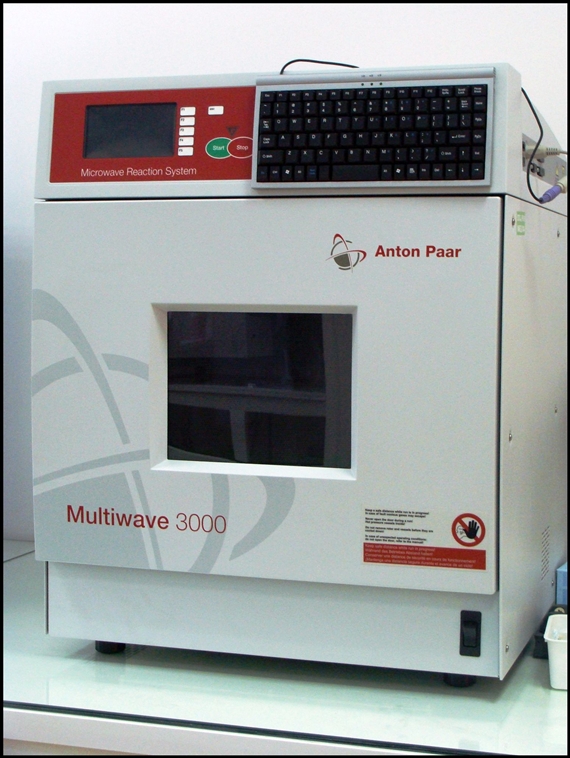
Modular microwave system with a maximum working radiation power of 1500 W, emitted in a non-pulsed manner, designed for sample dilution and solvent extraction.
Types of samples: plant material, soils, waters, sediments
Solutions: aqueous solutions (preferably in HNO3) for analysis. The total salt concentration in solutions should not exceed 0.4%. Minimum sample volume - 3-5 ml, maximum - 40 ml.
Solid samples: dried, ground, grain diameter < 2 mm
Minimum weight: 100 mg for ICP-TOF-MS, 500 mg for AAS
OptiMass 9500 spectrometer with ion transit time measurement from GBC
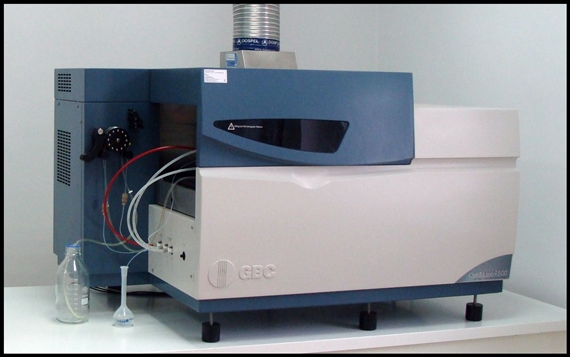
ICP-TOF-MS - Time of Flight Mass Spectrometry - is now a widely used technique for ion separation. The ions produced in an inductively coupled plasma are separated according to their value of mass ratio m to charge z. Ions with different m/z reach the detector at different time intervals.
ICP-TOF-MS, thanks to its high selectivity and sensitivity, makes it possible to determine the entire spectrum of elements at the same time and to determine the concentrations of individual isotopes of a given element. The ICP-MS method is used in elemental determinations in the analysis of biological, clinical, food, geological and environmental materials.
Range of ICP-TOF-MS analysis: Al, B, Ba, Ca, Cd, Co, Cu, Cs, K, Mg, Mn, Na, Ni, P, Pb, Rb, Sr, Zn and others
Atomic Absorption Spectrometer (AAS) from Agilent Technologies
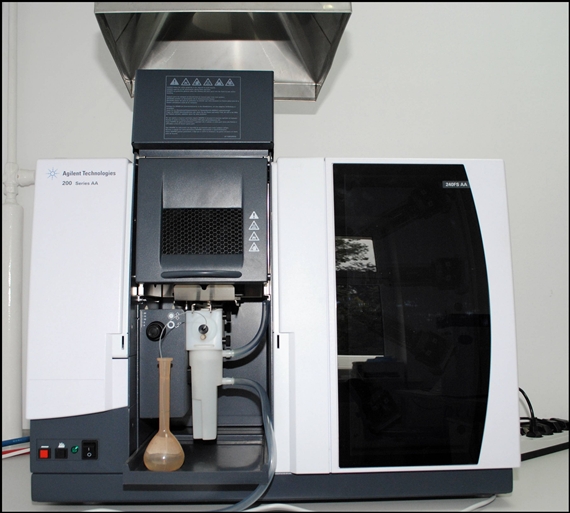
Atomic Absorption Spectrometry (ASA or AAS - Atomic Absorption Spectrometry) - an analytical technique that allows the determination of chemical elements (primarily metals) in liquid, solid and gaseous samples. The measurement principle is based on the phenomenon of absorption of radiation of a specific wavelength by free metal atoms. The amount of absorption is a measure of the concentration of an element in the sample under study. The radiation source is a cavity cathode lamp (HCL) or an electrodeless discharge lamp (EDL)
Elements to be determined (lamps available): Cr, Co, Fe, Mn, Ni, Cu, Na, K, Pb, Cd, Ca, Mg, Cu, Zn
Elemental Analyzer - CHNS/O Analyser 2400 Series II from Perkin Elmer
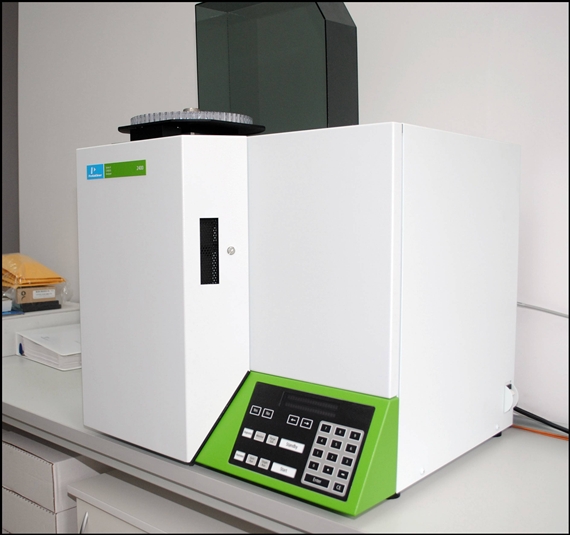
Determination of nitrogen, carbon, hydrogen and sulfur in one analytical cycle by combustion and gas chromatography separation in any material: biological material, geological material, plastics, food, chemical preparations, fuels, etc.